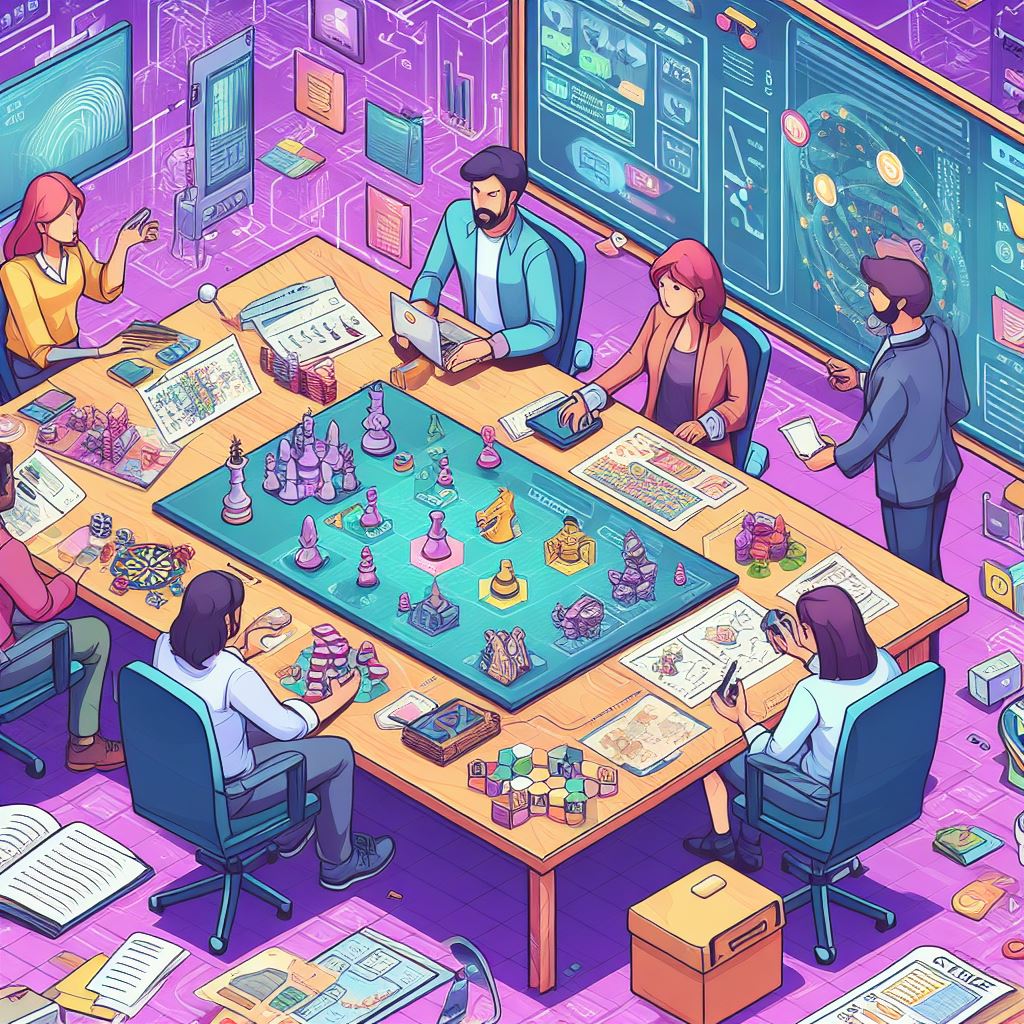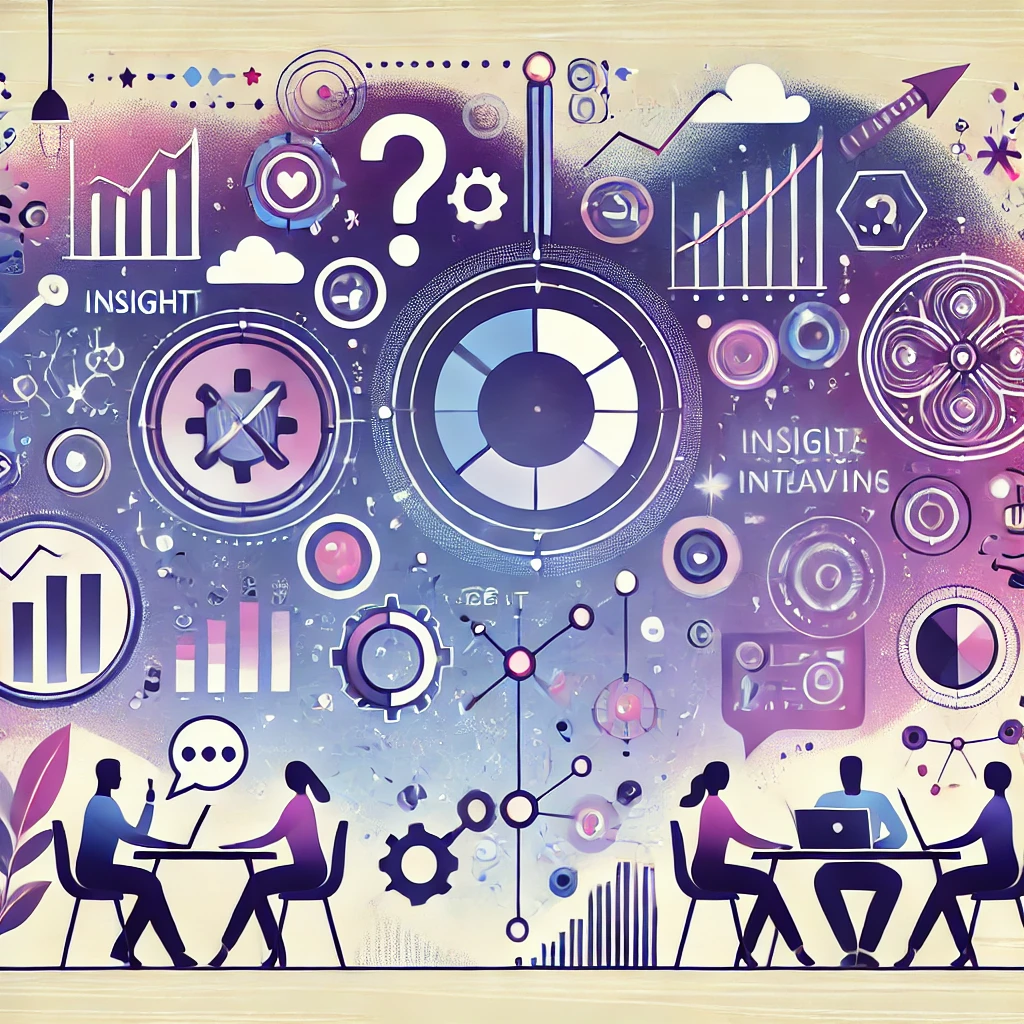How Gamification Promotes Employee Motivation
How Gamification Promotes Employee Motivation
In recent years, the most prominent companies have been thinking more and more about their employees as the most essential resource of the company. Probably, for this reason, companies in the world have increasingly started to use innovative motivation methods. One of them is gamification, which involves integrating game elements into employee or customer engagement programs, and is expected to improve employee motivation. Read more: Why Have Gamification in Training Programs
Since 2010, large global companies such as Samsung, Domino’s Pizza, Adobe, NBC, Microsoft, Ford, Southwest, eBay have launched gamification projects and implemented various game-like elements in their companies. We mostly see what the big enterprises are doing, but in reality, even the smaller companies are increasingly using gamification elements; 2019 statistics show that 50% of startups incorporate gamified activities in their strategy.
How can the introduction of gamification motivate, educate and engage employees?
“Gamification is a process of using the game’s thinking and dynamics to engage audiences and solve problems in business,” states Gabe Zichermann, a world-class expert on the nature of gamification.
It involves the use of game elements to achieve a company’s goals in a team environment in order to develop skills, motivate and educate employees. Various game features are used to motivate employees and achieve better results at work:
- competitions,
- point accumulation systems,
- ratings,
- introduction of the rewards,
- individual design of each employee’s profile,
- team tasks,
- etc.
The goals of this method can range from team-building and company culture development to improving employee training programs and providing an interactive experience for company customers.
For employees to be willing to participate in the gamification program and accept new challenges, it is important to understand that participation in gamification activities should not be mandatory. Instead, it is more valuable for employees to highlight the goals and benefits and motivate them with valuable rewards.
Why does gamification benefit both employees and the company as a whole?
The elements of games motivate employees because they work on people’s psychology; namely, they feel that there is progress during the game. Seeing growth towards the goal and comparing it with the starting point creates even more stimulus for us to improve the result or, referring to the analogy of the game, we want to get to the “next level”. Moreover, statistics show that only 3% of people remain unproductive during gamified training.
Professor of Business Ethics and author of the book For the Win: How Game Thinking Can Revolutionize Your Business Kevin Werbach explains the essence of games, “The most popular are card games, board games, and sports games. On the other hand, gamification involves a variety of possible games, including something of each type. The result of the game is also important, so you must be aware of the desired result and the goals to be achieved in the game.”
Participants of the game expect joy or positive emotions, enthusiasm to get involved, and intrigue or desire to learn and continue to play. And thus the motivation of employees also improves. Research shows that using gamified activities increases motivation by 48% and 60% of employees who undertook gamified training increased their productivity.
The suitable approaches with gamification elements allow any company and work team to develop and reach new heights. Non-standard solutions enable the company to get out of the usual routine and see new perspectives. Successfully integrated gamification can help achieve a wide range of business go, use company resources more efficiently, and positively promote employee motivation. Try incorporating game-like elements in your company, too! Read more: Gamification for Business Growth: How to Make Your Team Productive









